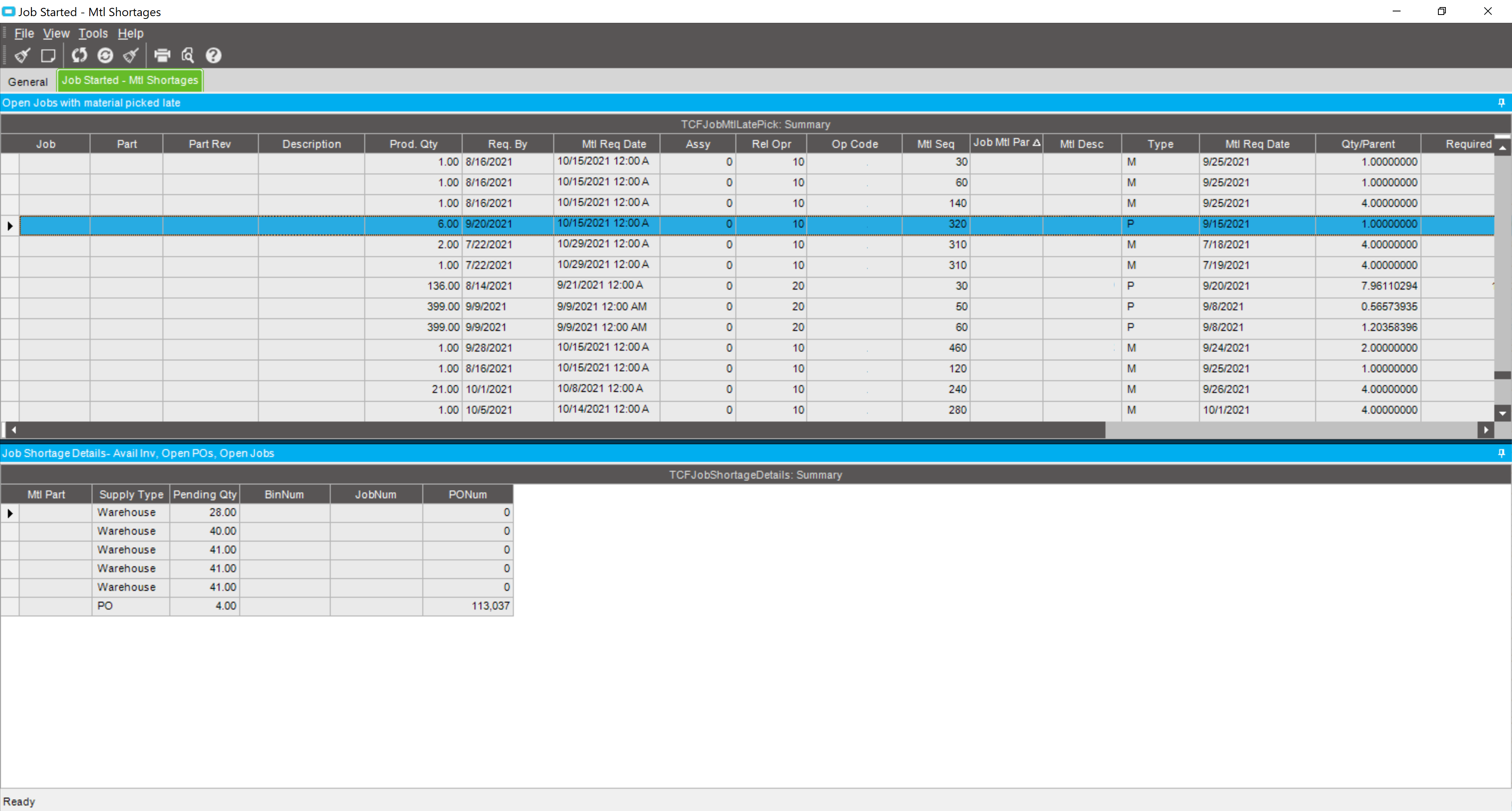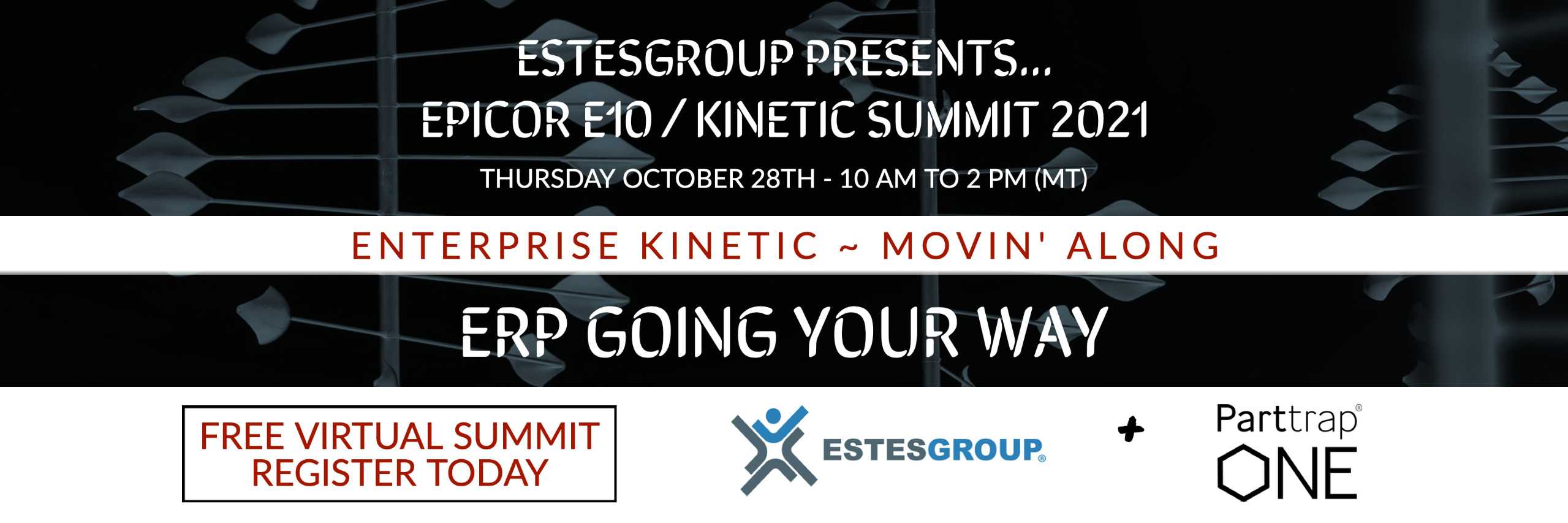BAQs — Becoming One Data
A fundamental value of your Epicor ERP system is the data that it holds — all that data sits there, nicely organized and begging for consumption. But good data needs to be converted into information to be of value. As such, getting good data out of your ERP system is key. Often, it takes a good query to perform that information transformation. A Union query is one tool in the Epicor BAQ toolbox that can perform this action.

- You are using the project module and wish to combine project phases and project tasks into one single set of activities
- You are tracking the completion of manufactured parts in a mixed mode environment, and need to merge the Job Assembly and Job Material tables
- You are reviewing sales activity for a customer and wish to combine open orders and open quotes
The UNION command in some ways functions like a JOIN command. It is used to select related information from two related tables. The biggest difference is in how the two tables are related and returned. A JOIN returns multiple table data elements combined into a single row, while with the UNION command, the records from different tables are returned as separate rows. It’s important to note the following: because records from different tables are being combined into a single set of rows, the rows returned need to be of the same data type. We will spell this out further below.
Let’s look at the attached Epicor BAQ example and better understand the UNION command in an Epicor business activity query.
- Purchase Orders
- Jobs
- Inventory







